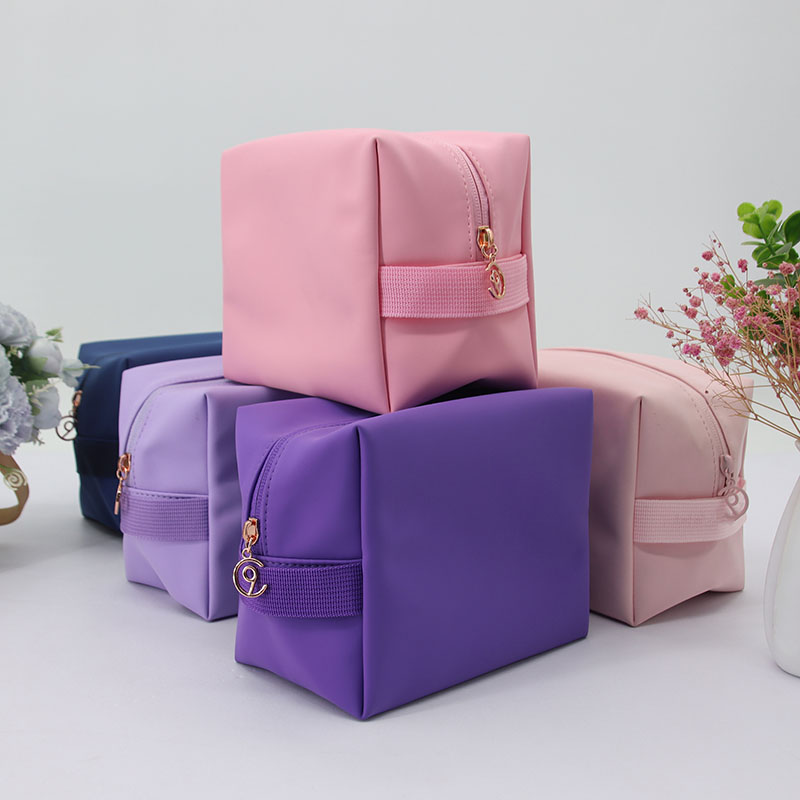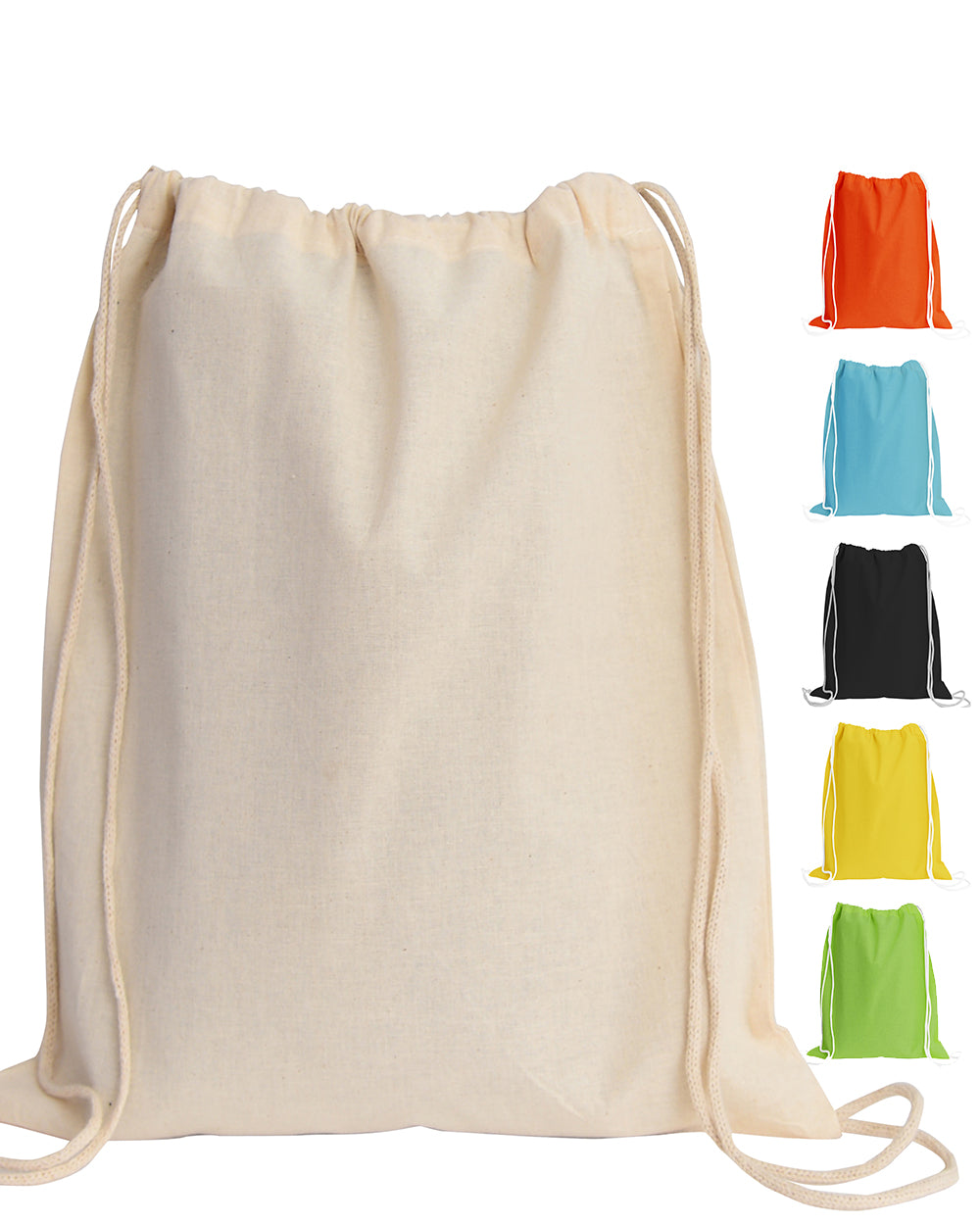Top-grain leather is the professional’s choice for its blend of durability, a refined finish, and excellent workability, making it ideal for premium goods.
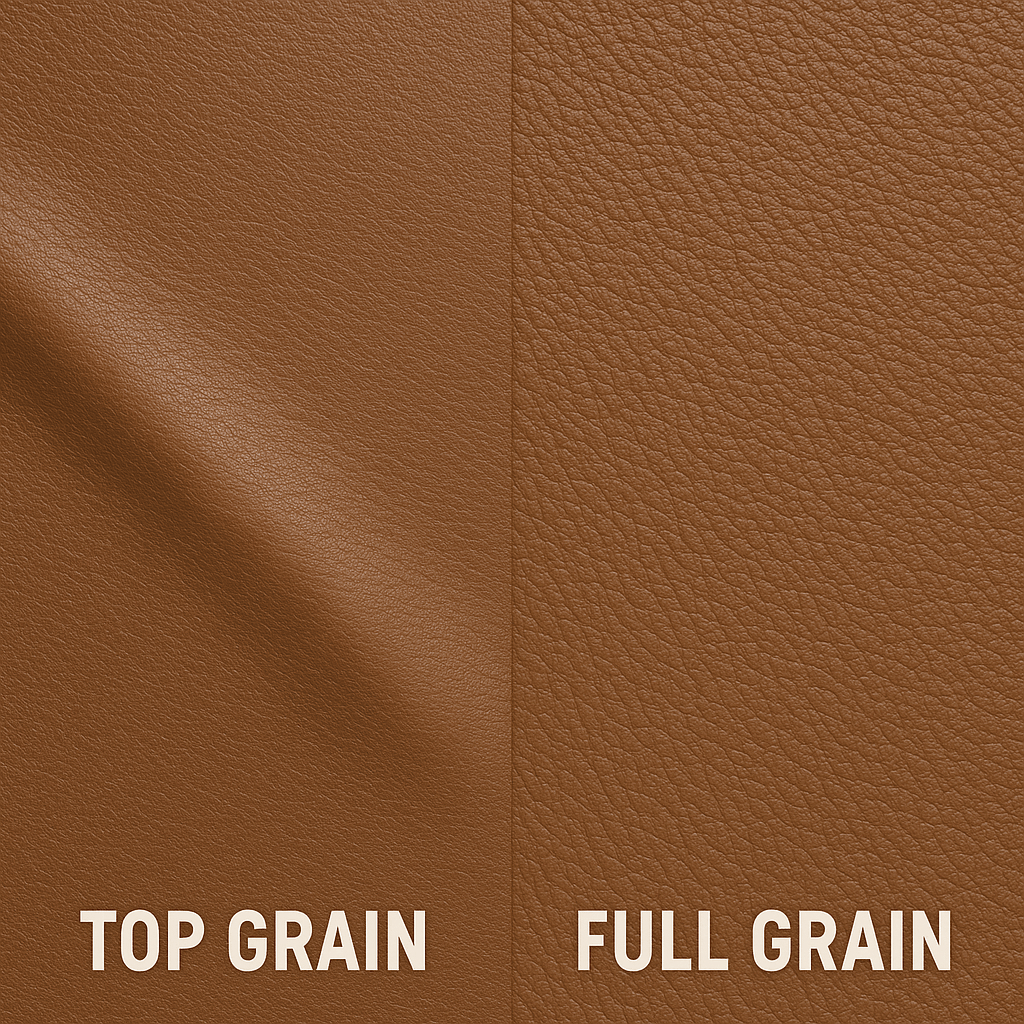
Table of Contents
- What Exactly is Top-Grain Leather?
- How Does Top-Grain Compare to Other Leather Grades?
- The Practical Advantages: Why Professionals Value Top-Grain Leather
- What Types of Products Are Best Suited for Top-Grain Leather?
- How Can You Identify and Care for Top-Grain Leather?
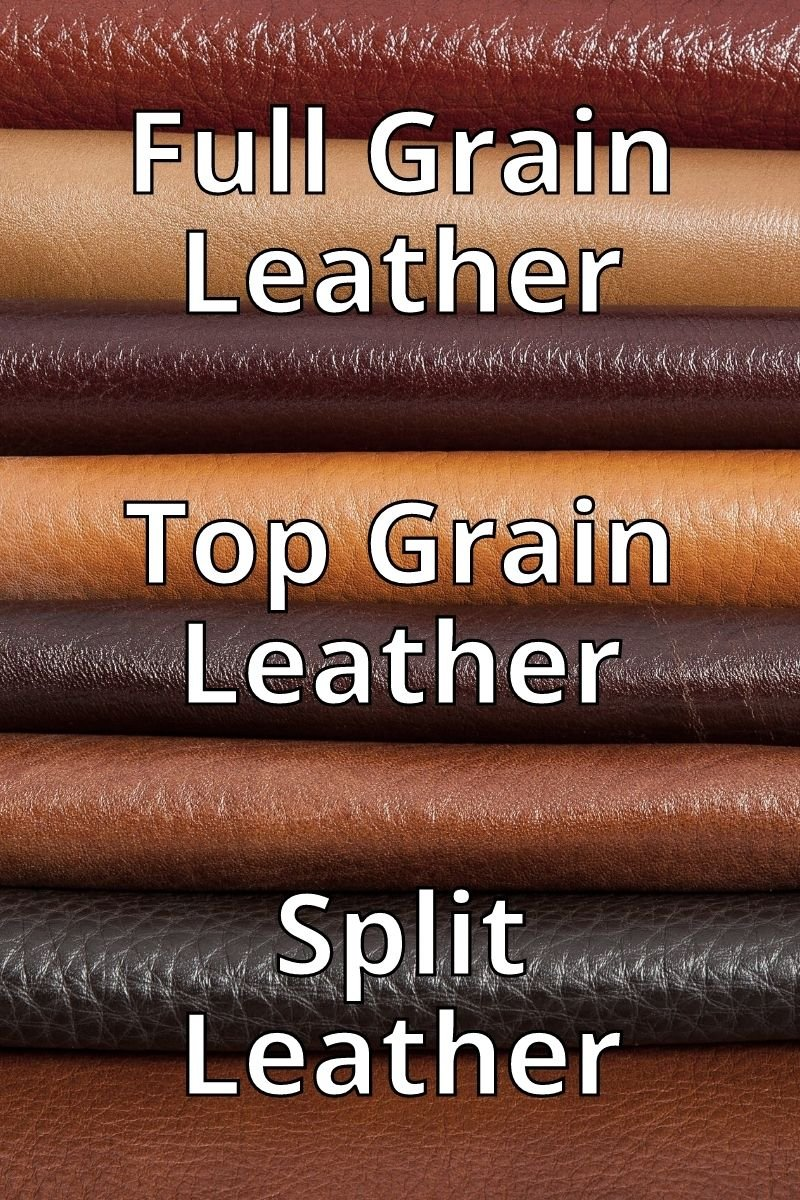
Why Expert Leather Makers Choose Top Grain Leather: Facts You Should Know
When artisans and reputable brands select materials, every choice is deliberate. In the world of leathercraft, the selection of the hide is the most critical decision, defining the final product’s character, durability, and quality. While various leather types exist, seasoned professionals frequently turn to top-grain leather. This material represents a masterful balance of natural strength and refined aesthetics, making it a cornerstone of high-quality leather goods. Understanding what makes it special reveals why it is a trusted material for creating products built to last.
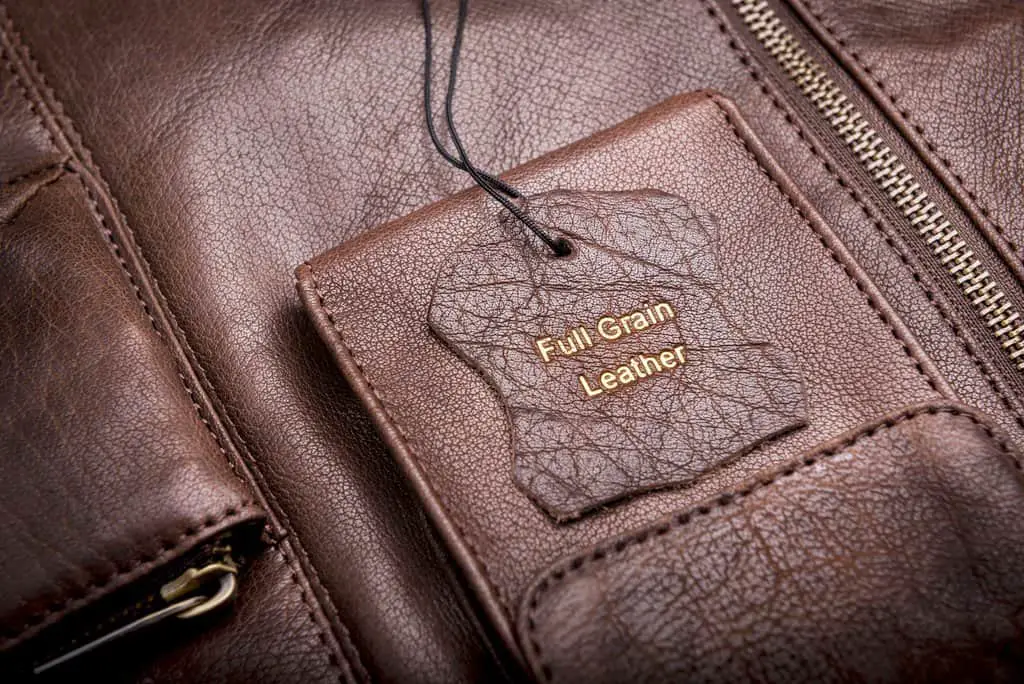
What Exactly is Top-Grain Leather?
To appreciate top-grain leather, one must first understand the composition of a raw animal hide. A hide has multiple layers, but the most valuable section is the top cut, which contains the densest and strongest fibers. Top-grain leather is the material derived from this very section, positioning it just below full-grain leather in the quality hierarchy. In fact, full-grain leather is technically the highest grade of top-grain leather, left in its pure, unadulterated state.
The Leather Hide Explained: A Quick Anatomy Lesson
An animal hide is primarily composed of two layers: the epidermis (the outer skin) and the dermis. The epidermis is removed during the tanning process. The dermis is what becomes leather and contains the grain—the part with the tightest, most durable fiber structure. Top-grain leather is so named because it is taken from the top portion of the hide, the part containing this dense grain. This inherent structure is what gives the leather its renowned strength and longevity.
The “Correction” Process: Crafting a Uniform Finish
Unlike full-grain leather, which retains all its natural markings and imperfections, standard top-grain leather undergoes a surface treatment. The hide is sanded, buffed, or “snuffed” to remove blemishes, scars, or insect bites. This process creates a more uniform and consistent surface. Afterward, a finishing coat is applied, which can be pigmented or stained to achieve a desired look. This correction process results in a material that is visually flawless and has a higher resistance to stains than its full-grain counterpart, a feature prized for certain applications where a clean, consistent appearance is paramount.
How Does Top-Grain Compare to Other Leather Grades?
Navigating the world of leather terminology can be confusing. Not all materials labeled “leather” offer the same performance or quality. A crafter’s choice of grade directly impacts the final product’s feel, durability, and aging process. Understanding the differences is key to recognizing true quality.
The following table provides a clear comparison between the most common leather grades, highlighting the distinctions that matter most to makers and discerning consumers.
| Feature | Full-Grain Leather | Top-Grain Leather (Corrected) | Genuine Leather | Bonded Leather |
|---|---|---|---|---|
| Source Layer | The very top layer with intact grain | The top layer with grain sanded/corrected | Middle or lower layers of the hide | Scraps and fibers glued together |
| Durability | Highest; extremely strong | Very high; strong and resilient | Moderate; less durable | Lowest; prone to peeling and cracking |
| Appearance | Shows natural markings; develops a patina | Uniform, smooth, and consistent finish | Often has a painted, plastic-like surface | Artificial, uniform, and plastic-like |
| Breathability | Excellent | Good, but less than full-grain | Poor | None |
Top-Grain vs. Full-Grain: The Pinnacle of Quality
Full-grain is the most premium leather available. It is the complete, untouched top layer of the hide, showcasing all the natural character—the “story” of the animal. It develops a rich patina over time, a beautiful sheen that comes with use and age. Corrected top-grain, while from the same strong part of the hide, has its surface altered for uniformity. An expert maker might choose full-grain for a rugged belt that tells a story, while opting for corrected top-grain for a sleek handbag that requires a flawless finish.
Top-Grain vs. Genuine Leather: A Significant Leap in Quality
The term “genuine leather” can be misleading. While it is real leather, it is typically made from the lower, weaker layers of the hide (the split). The surface is often heavily processed, painted, and embossed to mimic a higher-grade appearance. It lacks the strength, durability, and breathability of top-grain leather and will not age gracefully.
The Practical Advantages: Why Professionals Value Top-Grain Leather
Expert leather makers don’t just choose materials based on a label; they select them for their performance, workability, and the quality they impart to the final creation. Top-grain leather offers a unique combination of attributes that makes it a highly practical and desirable choice for a wide range of premium goods.
Superior Durability and Longevity
Because it is derived from the strongest part of the hide, top-grain leather is exceptionally tough and resistant to wear and tear. The dense fiber network withstands stress, stretching, and daily use far better than lower-grade leathers. This means products made from it are not just purchases but long-term investments that can last for decades with proper care.
A Perfect Balance of Pliability and Strength
While incredibly strong, top-grain leather is also more pliable and easier to work with than some of the thickest, most rigid full-grain hides. This workability allows artisans to shape, stitch, and mold it into intricate designs without compromising its structural integrity. It strikes an ideal balance, making it suitable for both structured bags and comfortable accessories.
Stain Resistance and Easier Maintenance
The finishing process applied to corrected top-grain leather seals the surface, creating a protective barrier. This makes it more resistant to stains and spills than unfinished full-grain leather. A simple wipe-down is often enough to clean it, making it a practical choice for items that see frequent use, such as wallets, furniture, and car interiors.
Consistent and Refined Appearance
For luxury goods where a clean, uniform aesthetic is desired, corrected top-grain leather is the perfect medium. The sanding process removes imperfections, and the consistent finish ensures that every part of the product looks pristine. This refined appearance is often sought after in high-fashion accessories and minimalist designs.
What Types of Products Are Best Suited for Top-Grain Leather?
The unique properties of top-grain leather make it the material of choice for items that demand both elegance and endurance. Its application spans across numerous industries, from fashion to furniture, always signifying a commitment to quality. It is particularly valued for high-contact items that must withstand the rigors of daily life while maintaining their beauty.
You will commonly find top-grain leather used for high-end handbags, sophisticated briefcases, durable wallets, and premium footwear. Its ability to resist stains and wear also makes it a top contender for luxury car upholstery and fine furniture. For items like belts, where ultimate durability and the ability to age beautifully are paramount, many artisans prefer the highest tier of top-grain leather. At Beldtura Leather, our belts are crafted exclusively from full-grain leather, ensuring they not only last a lifetime but also develop a unique and personal patina that tells your story.
How Can You Identify and Care for Top-Grain Leather?
Recognizing and maintaining quality leather ensures your products remain in excellent condition for years. With a little knowledge, you can easily spot authentic top-grain leather and give it the care it deserves.
Telltale Signs of Authentic Top-Grain
When examining a product, look for these characteristics. First, feel the surface. It should feel soft and slightly textured, not plastic-like or overly smooth. Press your nail into it lightly; real top-grain will show a subtle mark that fades, whereas synthetics will remain unchanged. It also has a distinct, rich smell that cannot be replicated by chemicals. For corrected top-grain, the surface will be very uniform, while full-grain will display small, natural imperfections like pores or tiny lines.
Essential Care and Maintenance Tips
Caring for top-grain leather is straightforward. Regularly dust your items with a soft, dry cloth. For minor spills, use a slightly damp cloth and let it air dry. To maintain its suppleness and prevent cracking, apply a quality leather conditioner every 6-12 months, depending on the climate and usage. Avoid exposing the leather to direct sunlight for prolonged periods or extreme heat, as this can cause it to dry out and fade.
The choice of top-grain leather by expert makers is a testament to its exceptional blend of form and function. It delivers the strength and longevity expected of a premium material while offering the refined, consistent finish required for sophisticated goods. By choosing products made from high-quality top-grain or full-grain leather, you are investing in a legacy of craftsmanship designed to endure.

